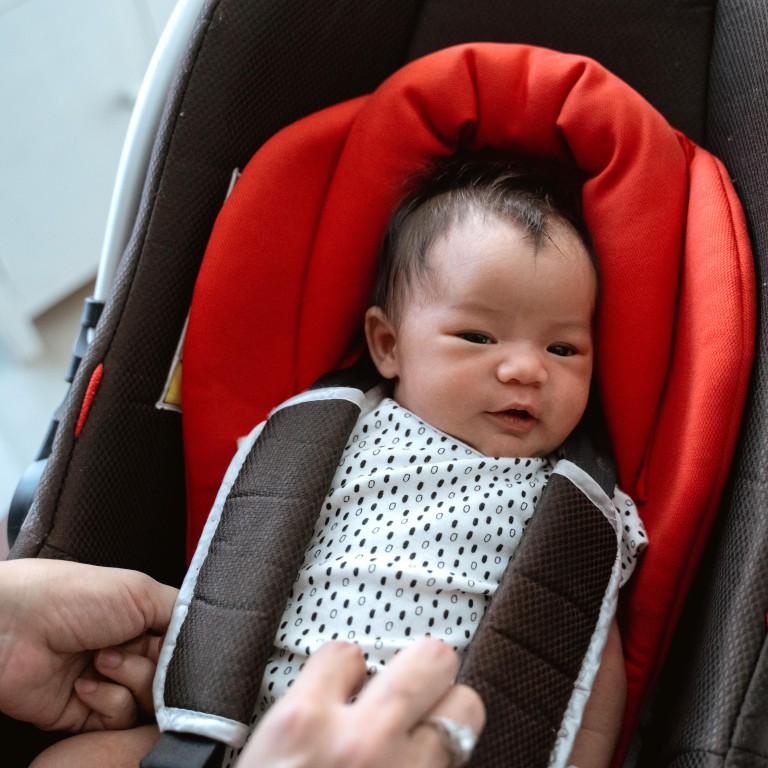
Which child’s car seat is safest for your overseas car rental?
- Car seats for kids are not required in every country, so how do you ensure your kid is safe?
- Safety experts and mothers share their tips for a fuss-free holiday drive
Family travel is often an unforgettable experience. Experiences you would like to forget?
Trying to juggle bulky car seats while wrangling toddlers in a crowded airport. Mustering up the brain power to strap a wriggly child into a never before used car seat after a long flight. Discovering the rental car company has only an infant seat – and you have a six-year-old.
The issue of car seats is one of the most frustrating aspects of family travel – and one that often has less-than-ideal solutions, because many countries do not require car seats for children of any age, even infants.
According to a 2018 World Health Organisation report on road safety, only 84 countries have any federal or national law requiring child restraints.
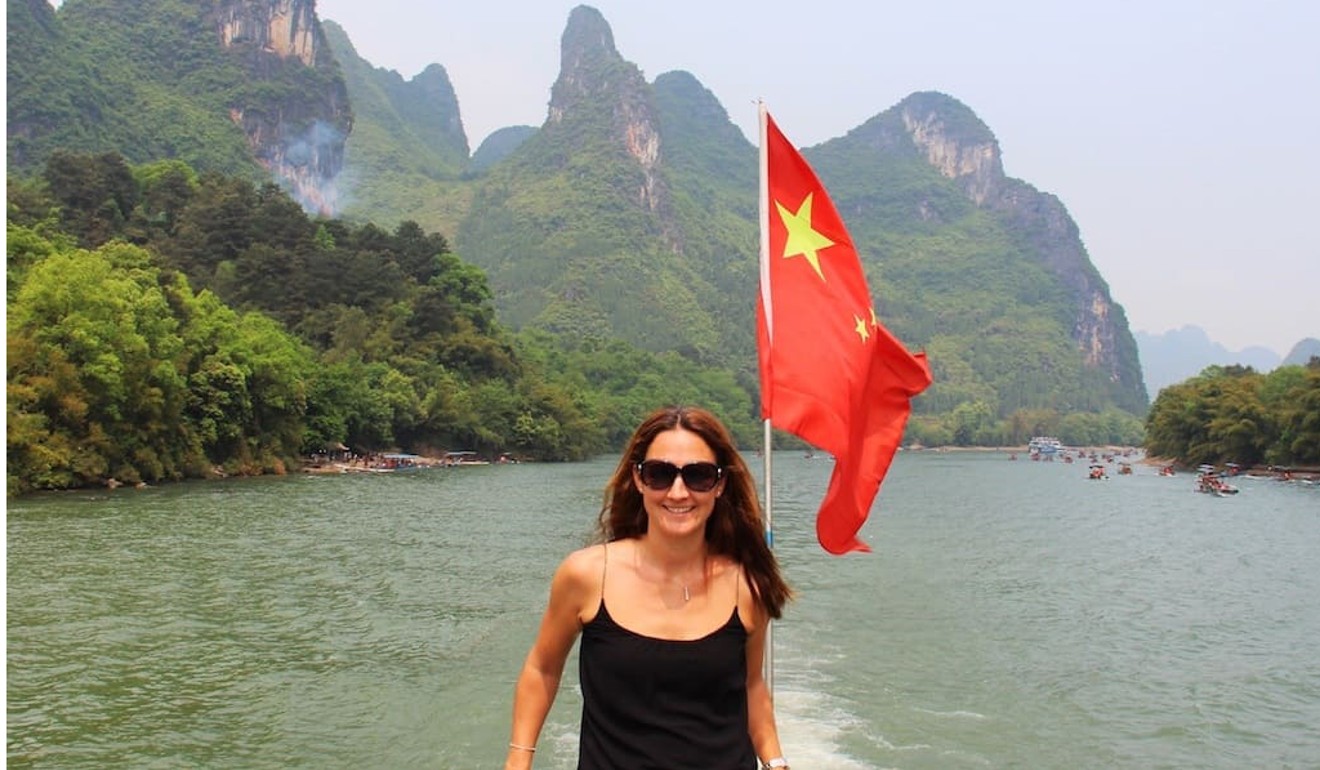
“There are a lot of countries that do not have car seat laws,” says Marianne Rogerson, a mother of two and blogger at Mum on the Move. “Some do not even have seat belt laws.”
Keep safe (and sane) with these tips:
Take your own (if possible)
Renting a car seat at your destination may seem like a smart alternative to carrying your own, especially when you have more than one child. But depending on a third party to provide car seats has risks.
“When we had our first child, we made a family trip to Vietnam,” recalls mother of three Elisabeth Koch. “We were going from the north to the south of Vietnam with our one-year-old. We were super specific with the travel agency: we need a car seat. Of course, when we got there, there was no car seat. They were like, ‘What? Car seat?’”

Check local vehicle standards
The obvious advantage of taking your own car seat is that you already know how to use it. However, you’ll still need to do some research to ensure it is compatible with vehicles at your destination.
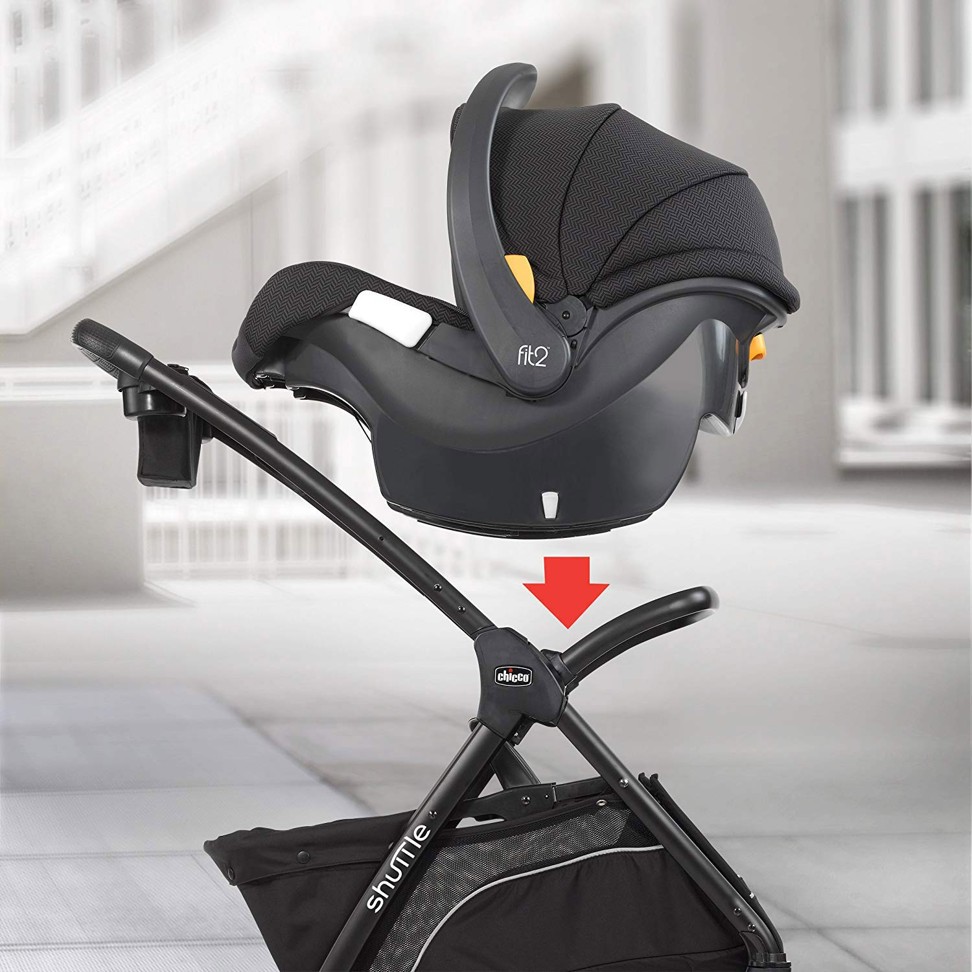
Assume that seat belts will not automatically lock. Check the manual to find out whether the car seat has a built-in locking device, or learn to use a locking clip. Locking clips are not easy for novices, nor are they a practical solution for taxis or ride hailing.
Two locking devices available abroad are the Lockie (US$7) and SafeGrip Belt Clamp (US$9), both much easier to use than the traditional locking clip.
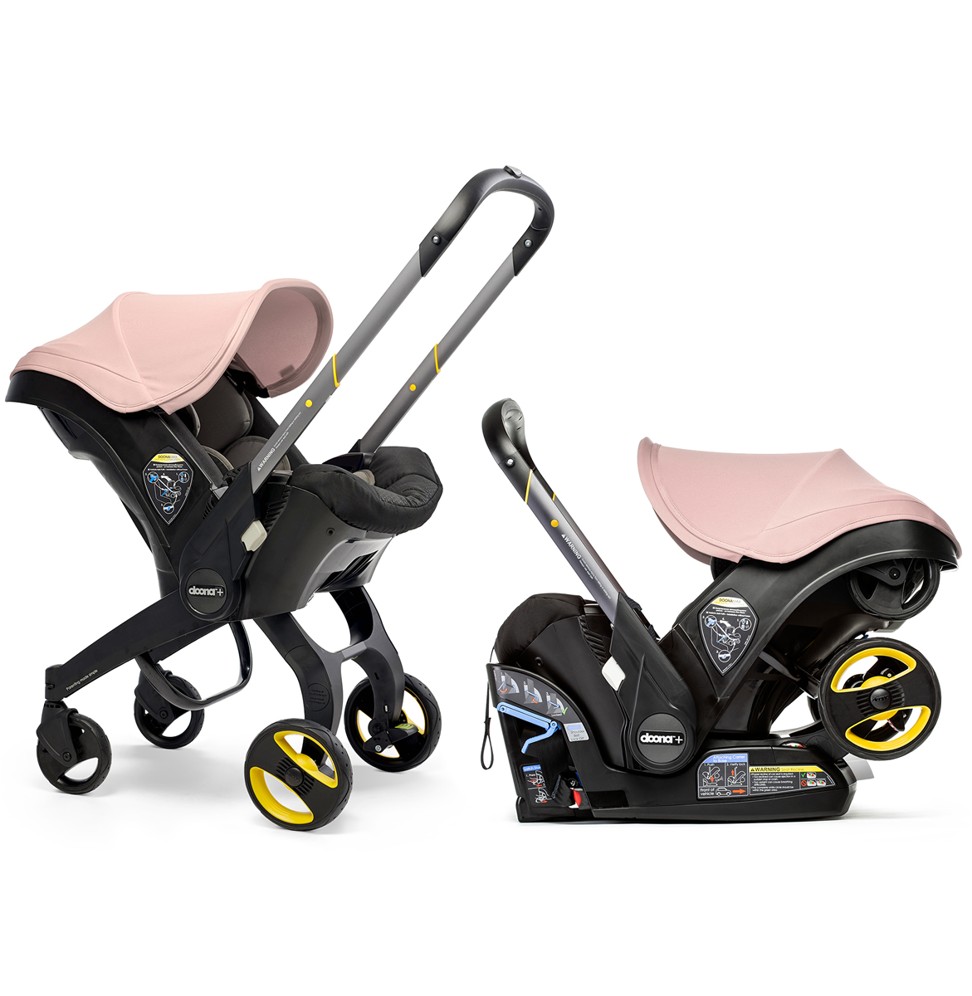
Use a travel system for infants
Travel systems seamlessly combine an infant car seat and stroller, and you can often use your chosen car seat with a favourite stroller by purchasing an adaptor. Some parenting blogs offer detailed charts listing which car seats can be used with which strollers.
The Doona (US$499) is a car seat that folds out into a stroller. A more budget-conscious alternative is the Chicco Fit2 (US$279.99). It has an unusually long life for an infant car seat – it can typically be used until a child’s second birthday.
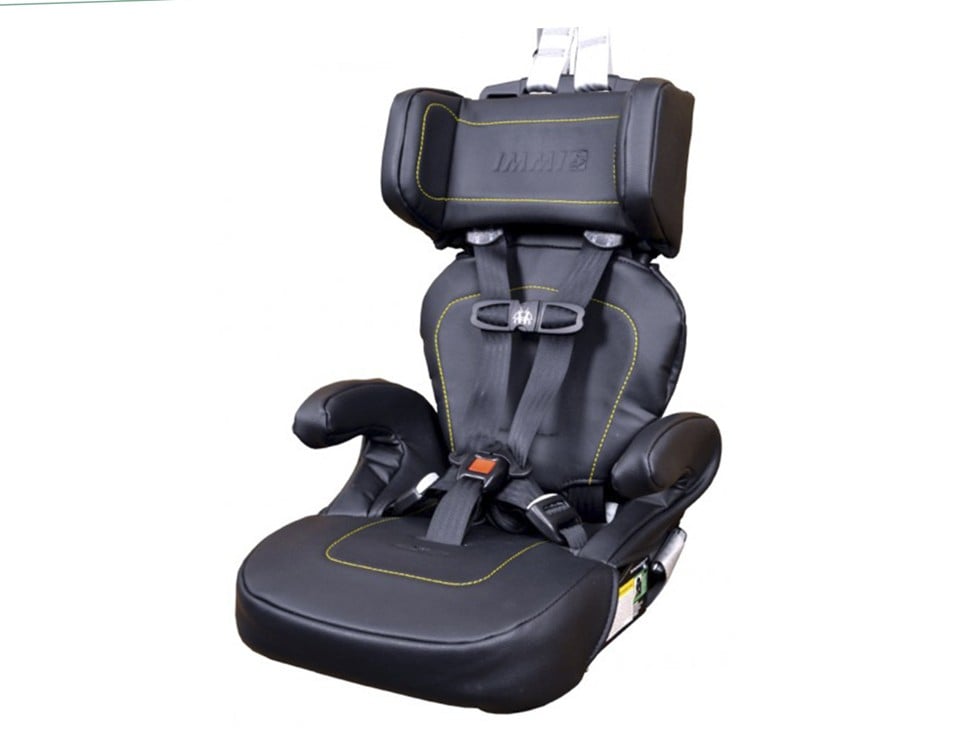
Try rear-facing convertible seats for toddlers
Toddler car seats are the most annoying to travel with. “The problem with them is not how heavy they are,” says father of three Joe Cheung, a blogger and podcaster at As the Joe Flies. “It’s the bulk and the weird angles.”
There are fewer travel friendly options for toddlers and preschoolers. Foldable, forward facing seats such as the Immi Go (US$234) and the Pico (US$320) require a top tether strap, which limits their usefulness in many destinations.
A convertible car seat used in a rear-facing position might work better. Not only is it considered safer, it also gives you maximum flexibility. A rear facing convertible seat allows you to strap in your child before you put the seat in the car.

Get rolling with toddlers
Elise Mawson, a certified child passenger safety technician and founder of Singapore-based Taxi Baby, suggests using the Cosco Scenera Next (US$44) with a Mountain Buggy Nano (US$199.99) for toddlers.
A locking clip will be necessary to use this combination abroad, however. Otherwise, try the Go-Go Babyz Travelmate (US$62.58).
Think of it as a trolley for your child’s car seat – they can sit in the seat and be wheeled through the airport.
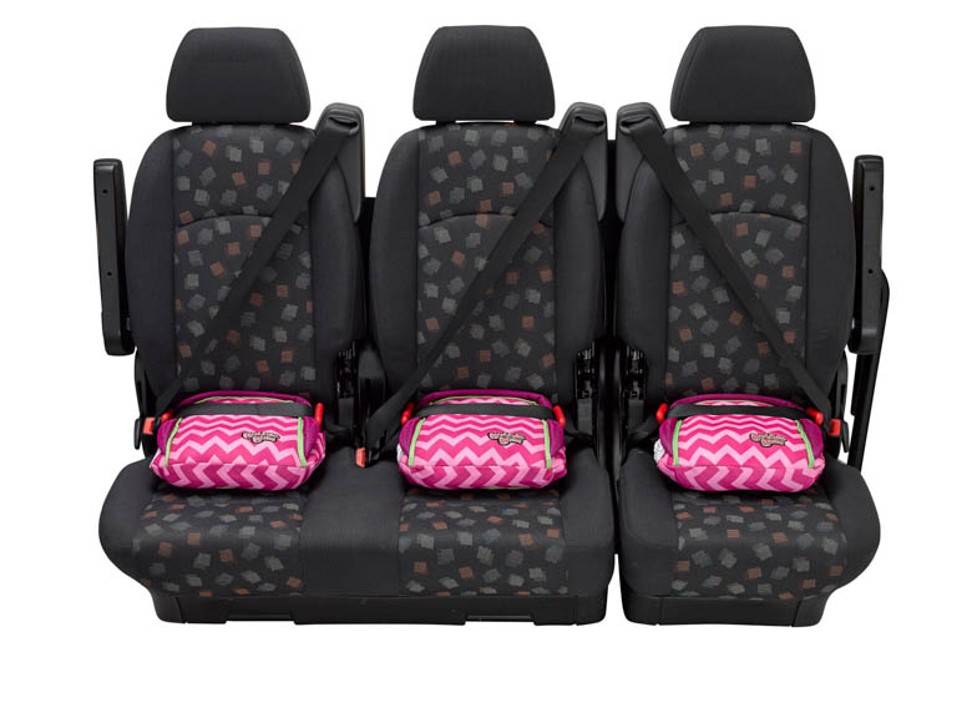
Let kids handle their kit
By the time your child is old enough to use a booster seat, they are likely to be able to carry it around themselves. The Mifold (US$39.99) and the BubbleBum (US$34.99) are two products that can be easily slipped into a child’s backpack.
Baer recommends the Graco RightGuide, a lightweight, backless booster seat (US$40).
A useful Europe-only option is the Trunki Boostapak (US$60), worn on your child’s back, with space to pack snacks and toys.
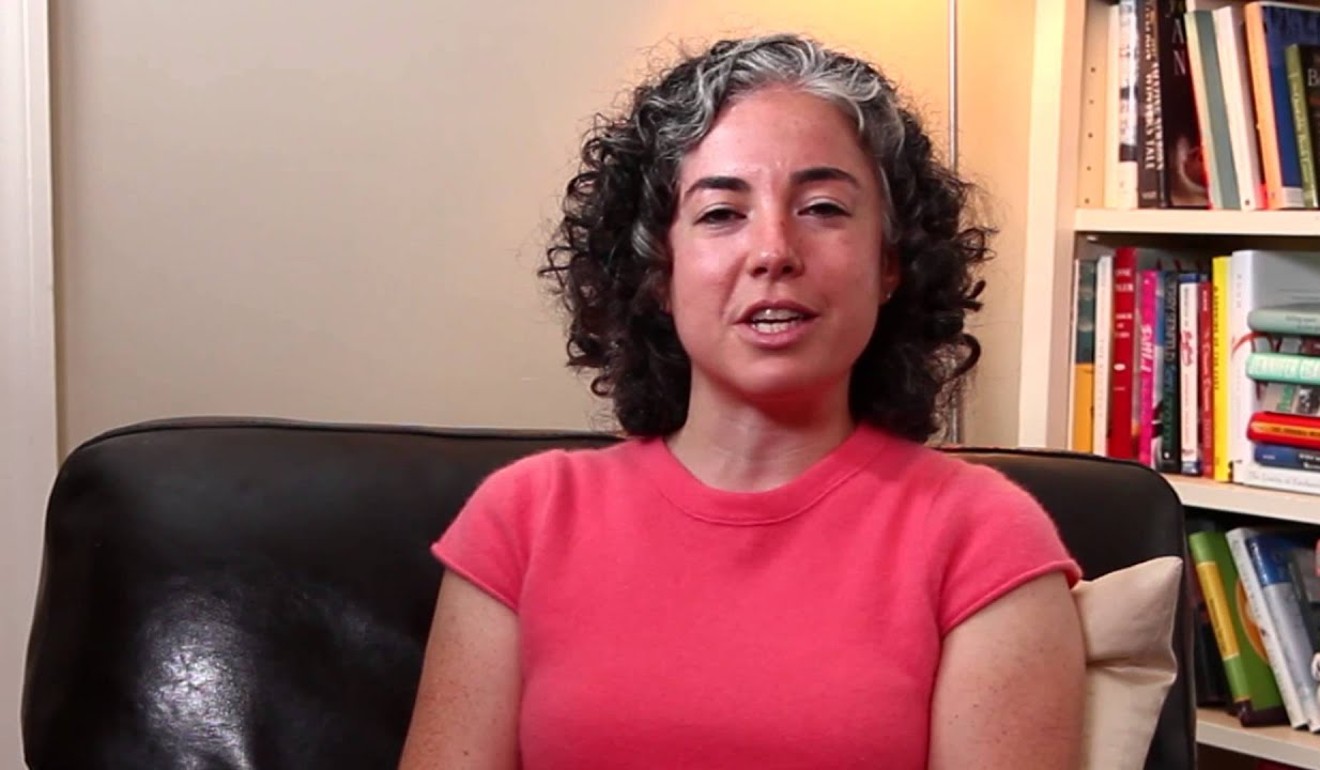
Do not substitute baby carriers
The popularity of baby carriers has led to some parents using them in taxis. But they are no substitute for car seats. A sobering video on the Car Seat Lady shows how one popular brand of baby carrier breaks in a low-speed accident of just 21mph (34km/h).
Even belting over the carrier is not recommended, as the child can be crushed between the parent and the seat belt during a crash.

Do not let perfect be the enemy of good
You might be overwhelmed by all these details, but do not let this put you off using car seats when travelling abroad. Insist on taxis or cars that have working seat belts, to keep yourself and your children safe.
“The key is one person, one belt. Every person uses a belt on every ride. Not holding, not baby wearing, not sharing a belt and not skipping a belt for anyone, adults or children,” says Baer.

